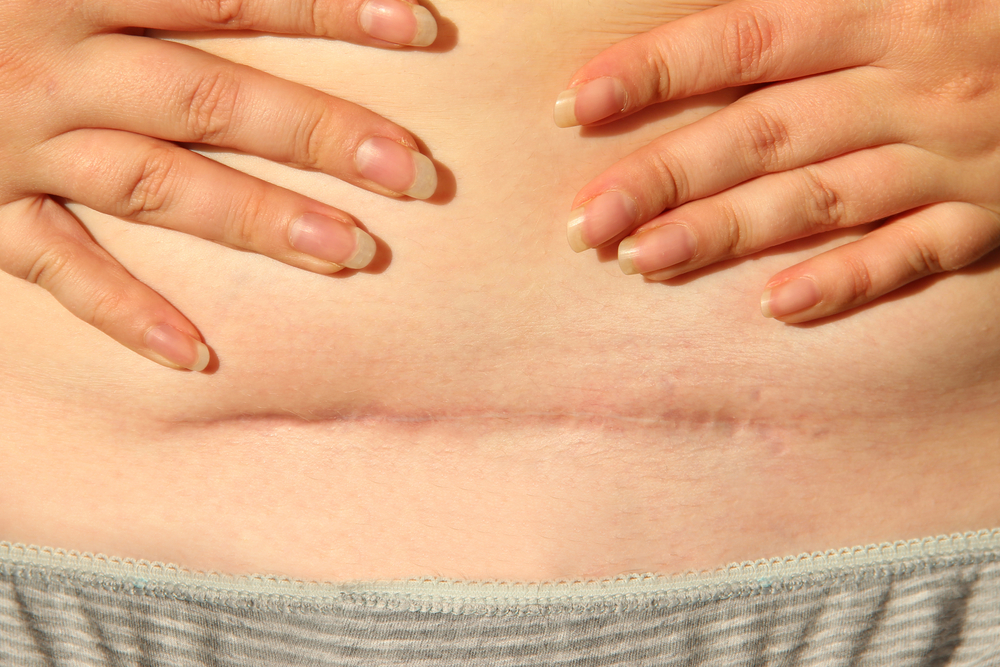Facts about Caesareans


Expectant mothers make countless decisions before the arrival of their babies, from choosing private or public healthcare through to whether they’ll use medication, take pain relief, and for some, whether they’ll have a vaginal or caesarean birth.
Whilst some experts say three caesareans (C-sections) is the maximum number a woman should have, this is not applicable to everyone, as each labour has risks unique to the individual.
What’s the research?
Research shows around 33% of Australian women undergo a caesarean, which is higher than the average 28% reported worldwide for countries belonging to the Organisation for Economic Co-operation and Development (OECD).
Australia’s C-Section rate defies the World Health Organisation’s (WHO) recommendation of having a C-section rate between 10% and 15%.
Research by WHO suggests C-sections can risk significant and sometimes permanent complications, disability or death, which is why the organisation states C-sections should only be undertaken when medically necessary.
An Australian Government report declares the C-section rate in Australia has steadily grown since the 1990s.
The reasons why this has happened is due to:
- the increased maternal age of women giving birth,
- increased maternal obesity,
- reductions in vaginal birth after a caesarean,
- and multiple births resulting from assisted reproduction.
What types of C-Sections are there?
A lower segment incision is a horizontal cut across the abdomen and a horizontal cut through the lower part of the uterus, also known as a ‘bikini line’ incision. This type of C-section is known to heal better, be less visible and is less likely to cause problems in future pregnancies.
A classical incision involves both vertical cuts to the abdomen and uterus. This type of C-section is used for specific situations, for example if the placenta is lying very low, the baby is lying sideways or if the baby is very small. There are potential risks in later pregnancies and births after having this type of C-section.
What are the reasons to have a C-Section?
- Multiple pregnancy (twins)
- Labour fails to progress
- Medical concerns for the foetus
- Problems with the placenta
- A large foetus
- Breech presentation
- Maternal infections
- A mother’s medical conditions
Some women request a caesarean birth even if a vaginal delivery is possible.
Pros of C-Sections?
- Exact knowledge of when the baby will be born
- No contractions
- No pain between your vagina and back passage (perineum)
Risks of C-Sections?
- Above-average blood loss
- Blood clots in the legs
- Infection in the lining of the uterus
- A longer stay in the hospital (3-5 days)
- Pain around the wound
- Potential problems with future attempts at vaginal birth
- A need for caesarean section for future births
- Complications from the anaesthetic
There are associated risks with any procedure. At the end of the day, it is important that the health of the woman and baby is protected. Medical advice should be followed.




